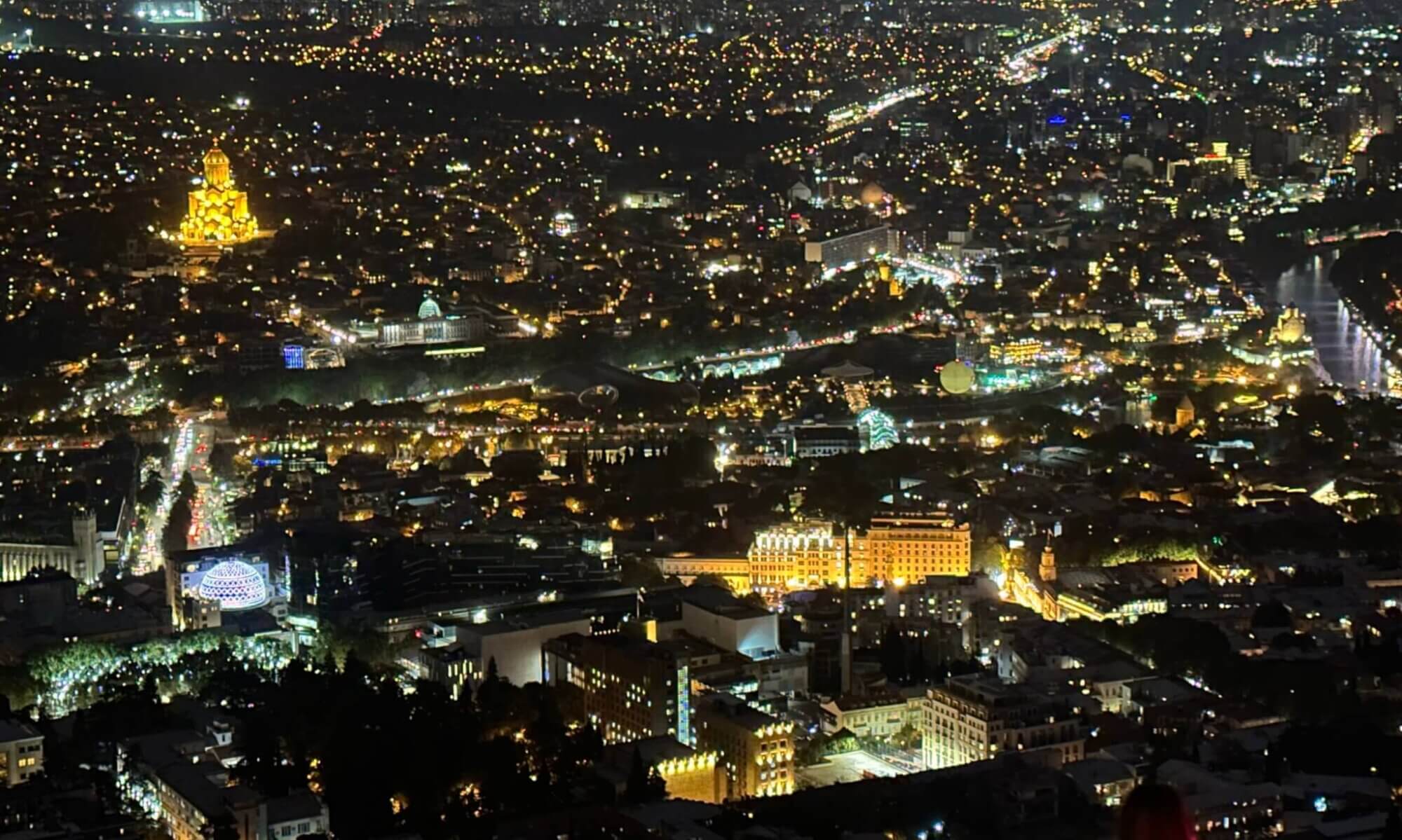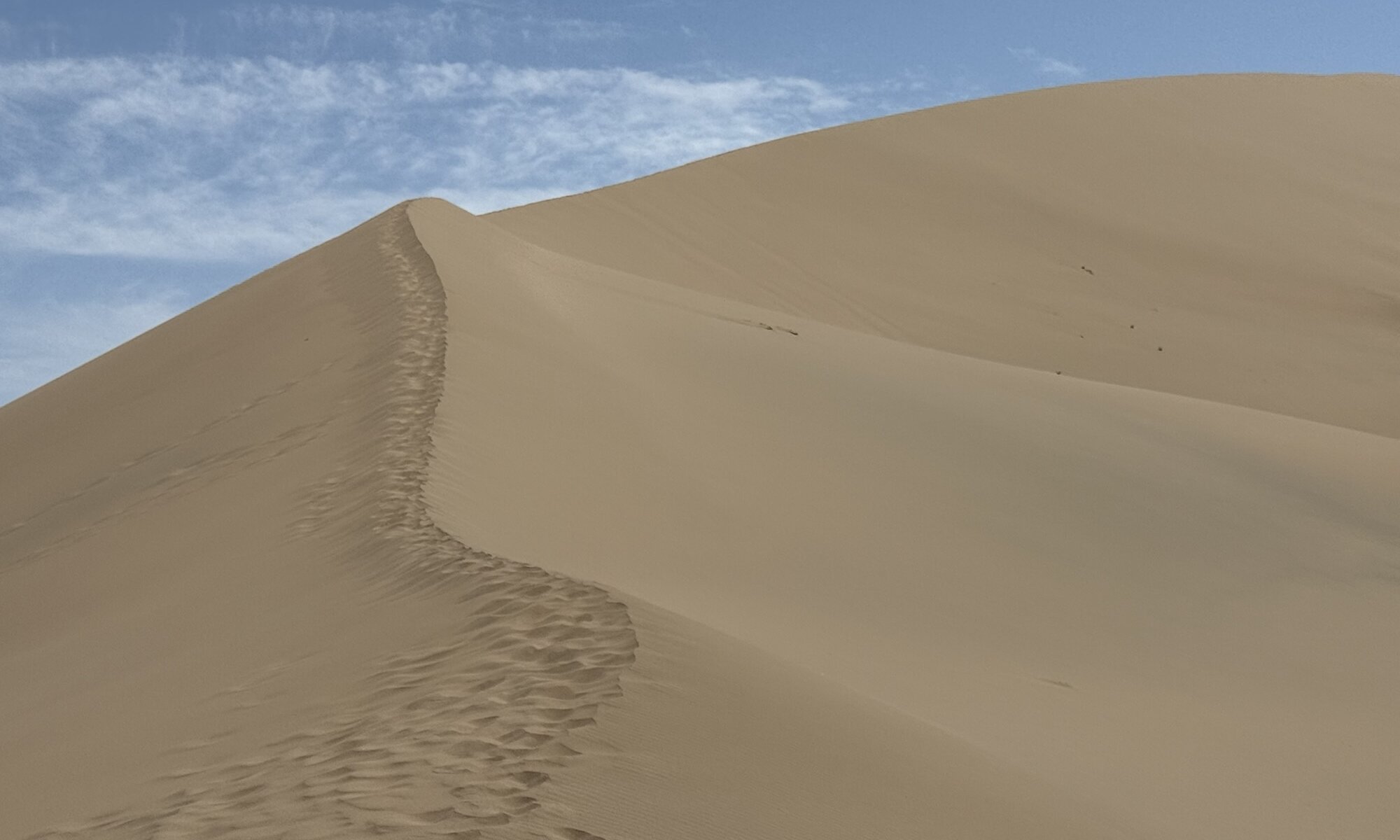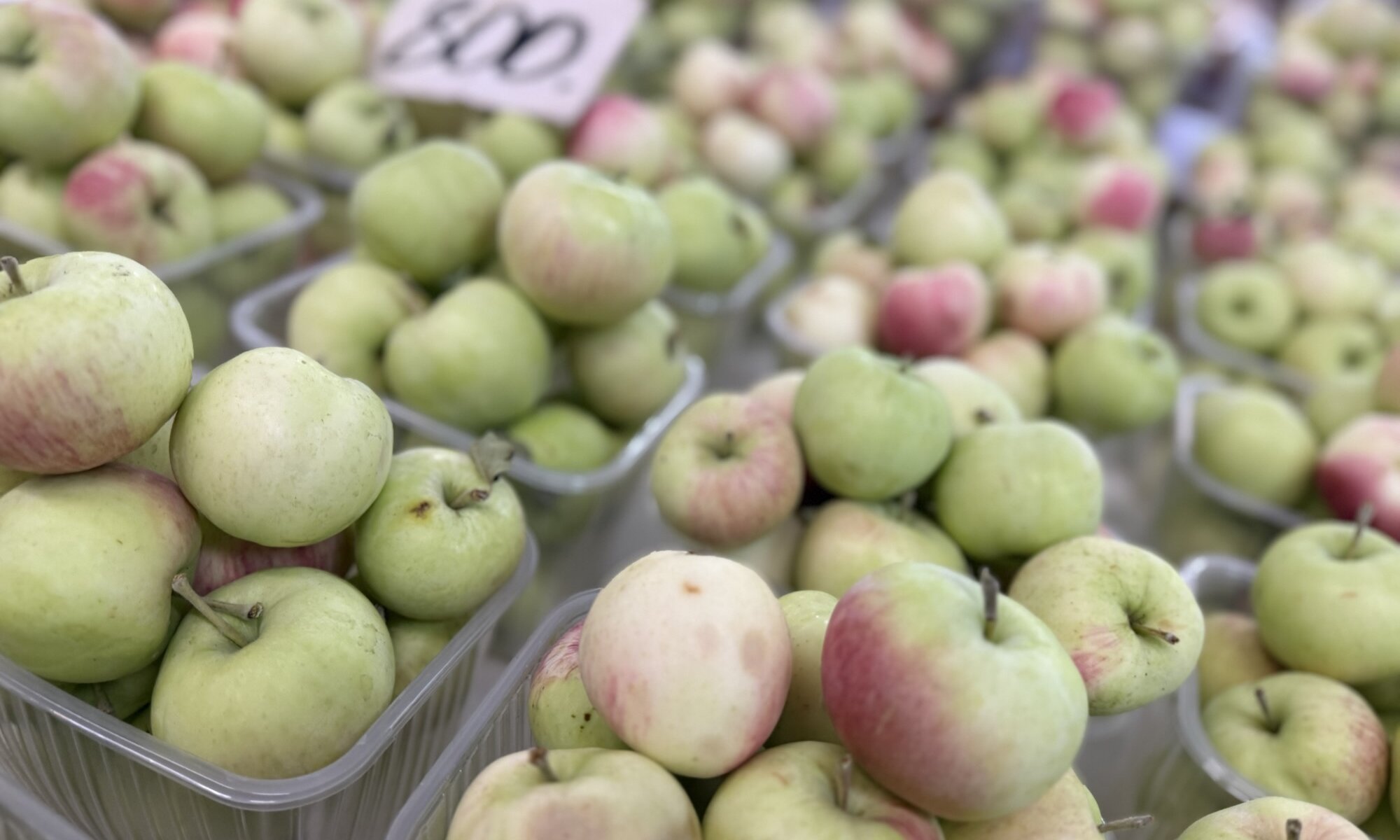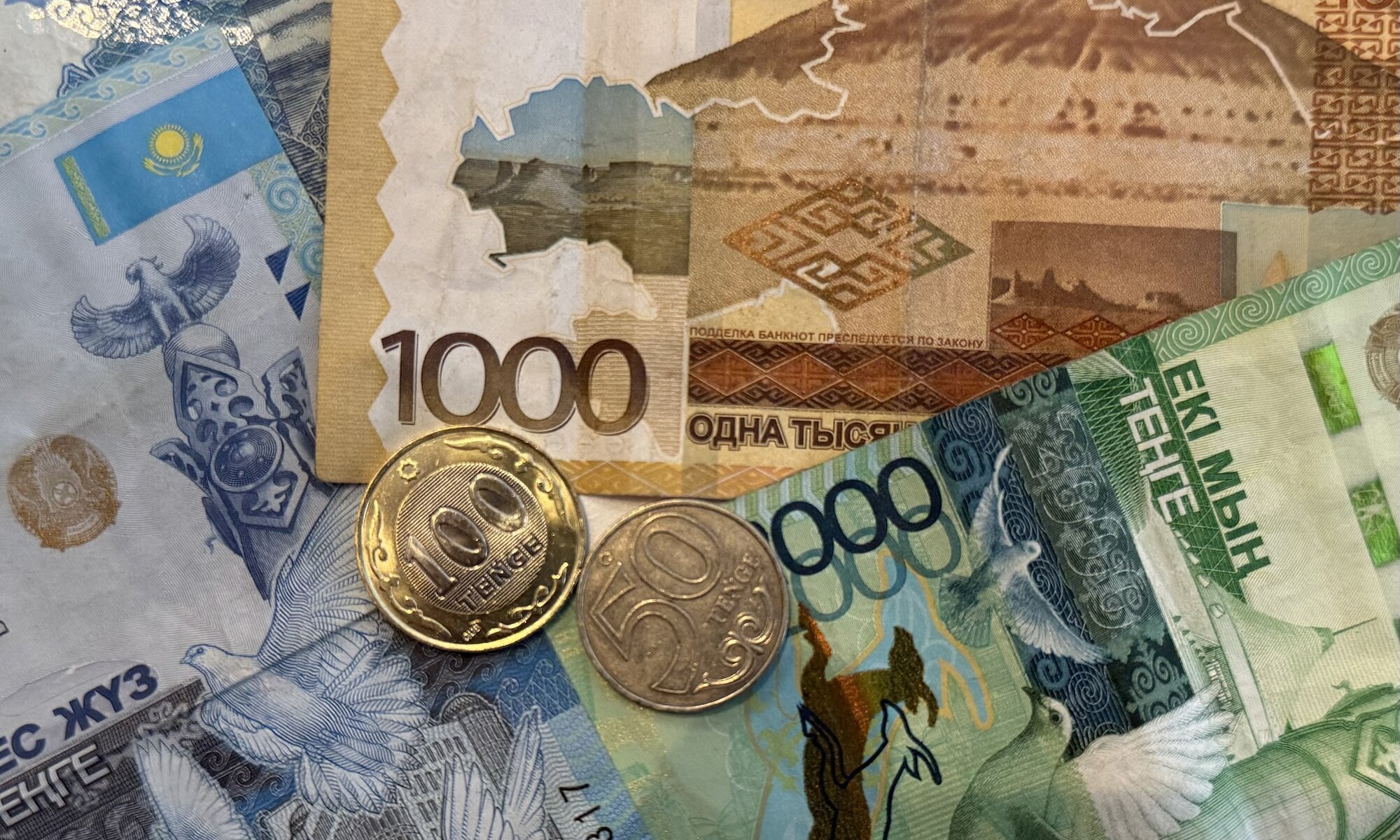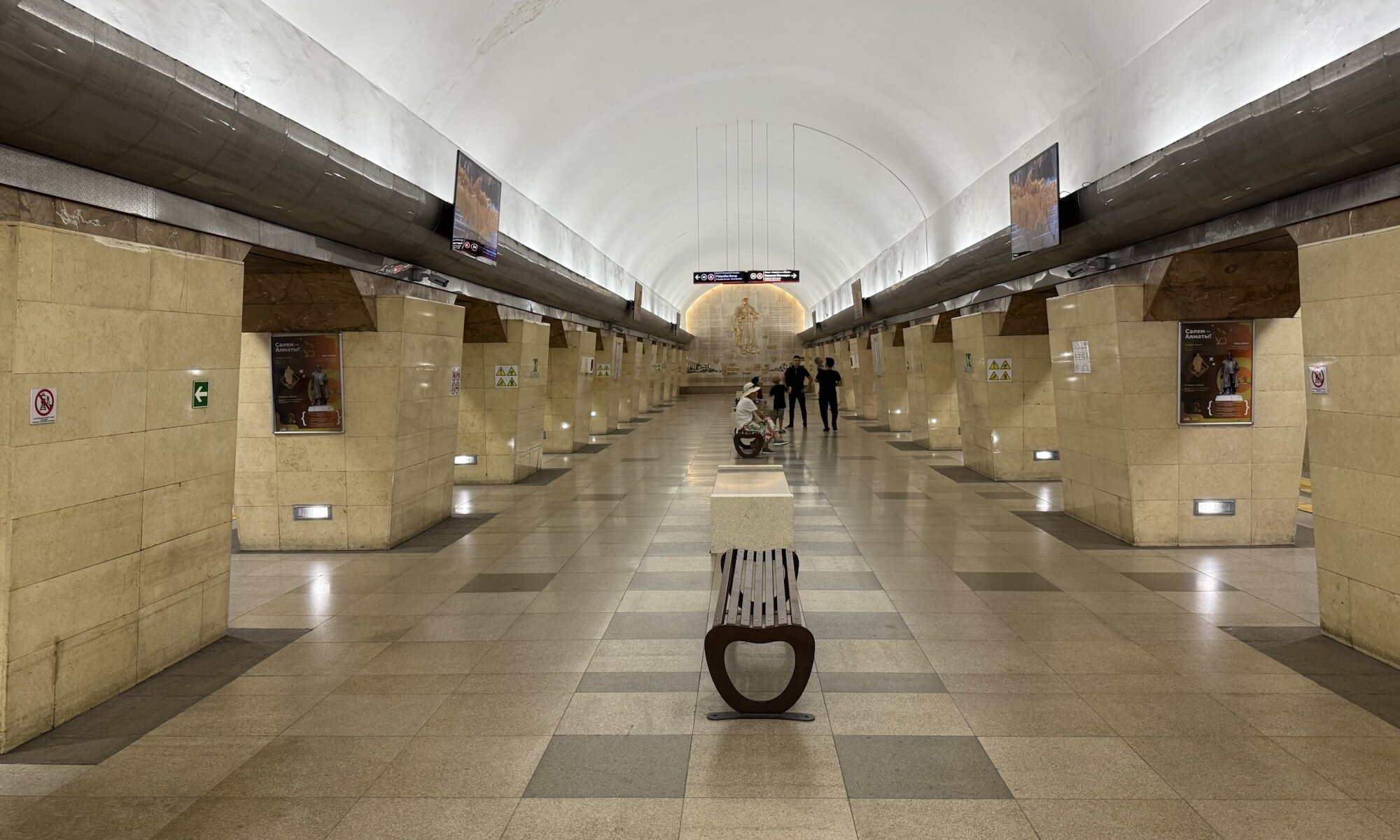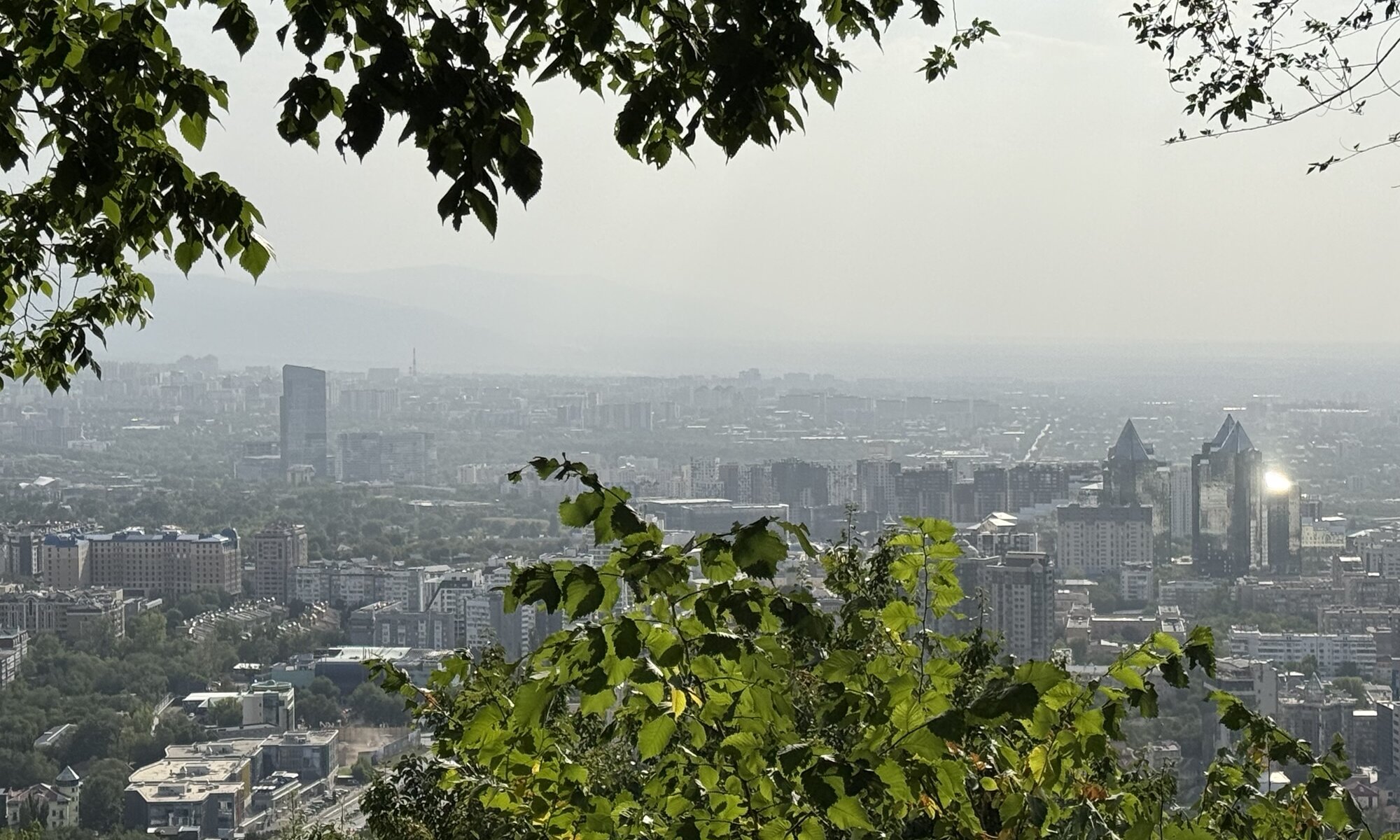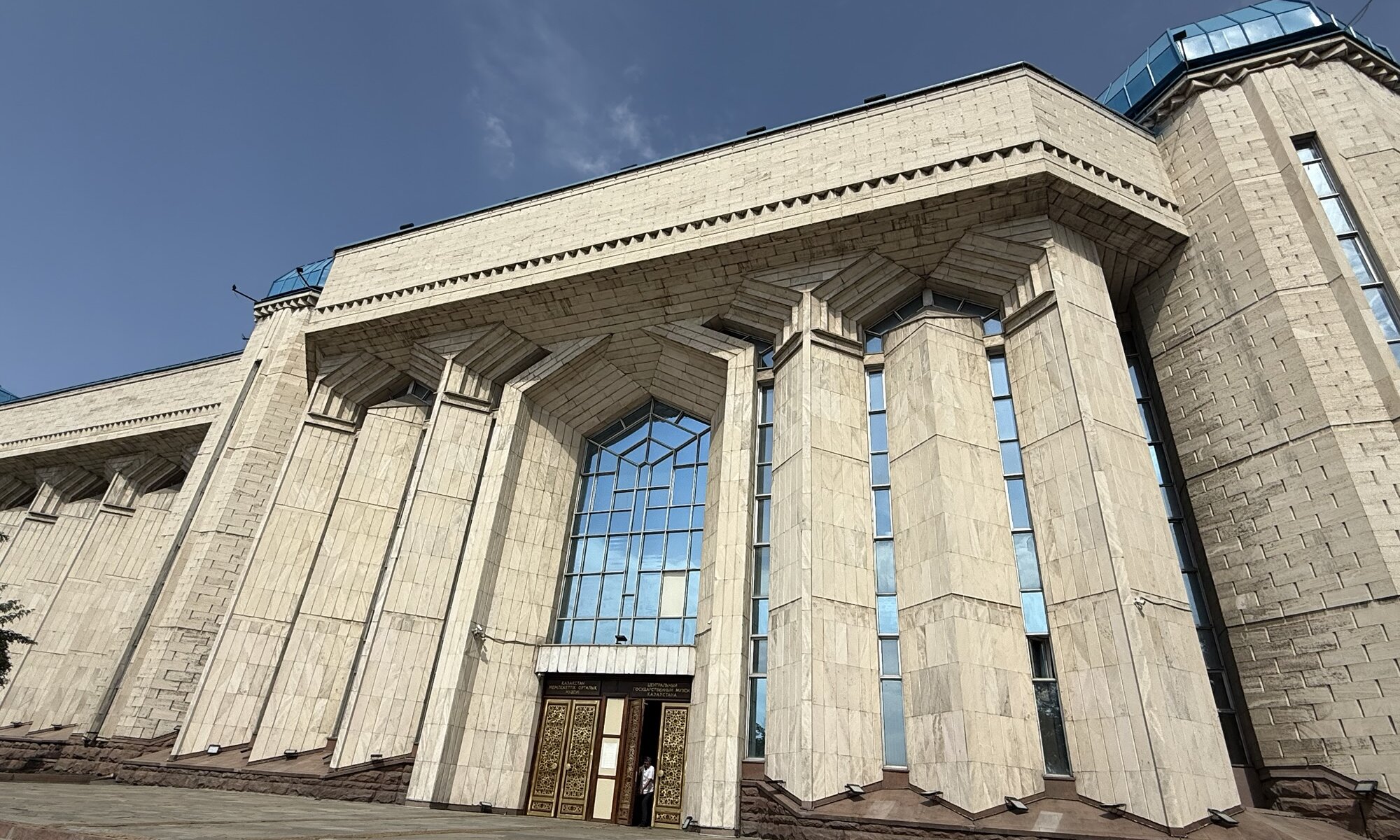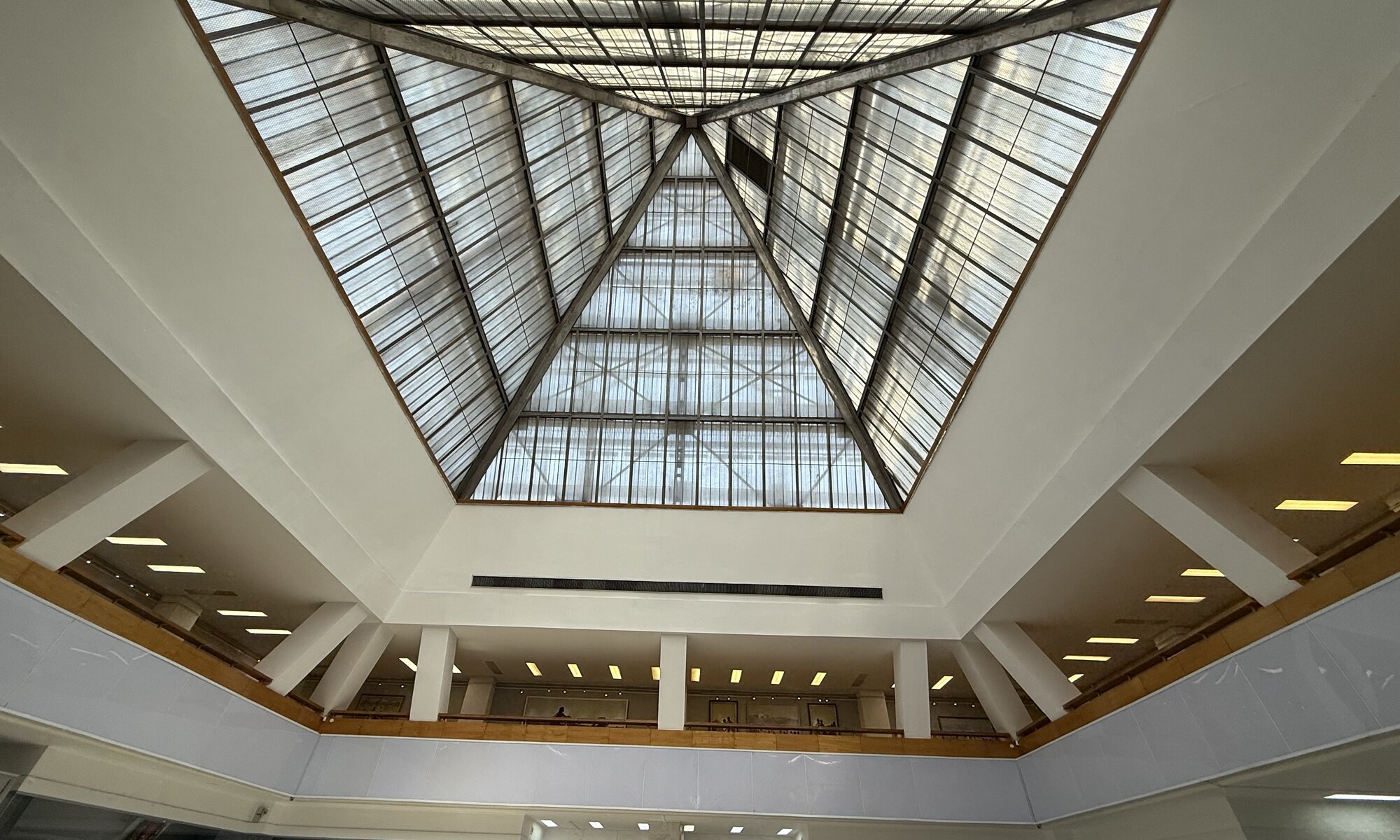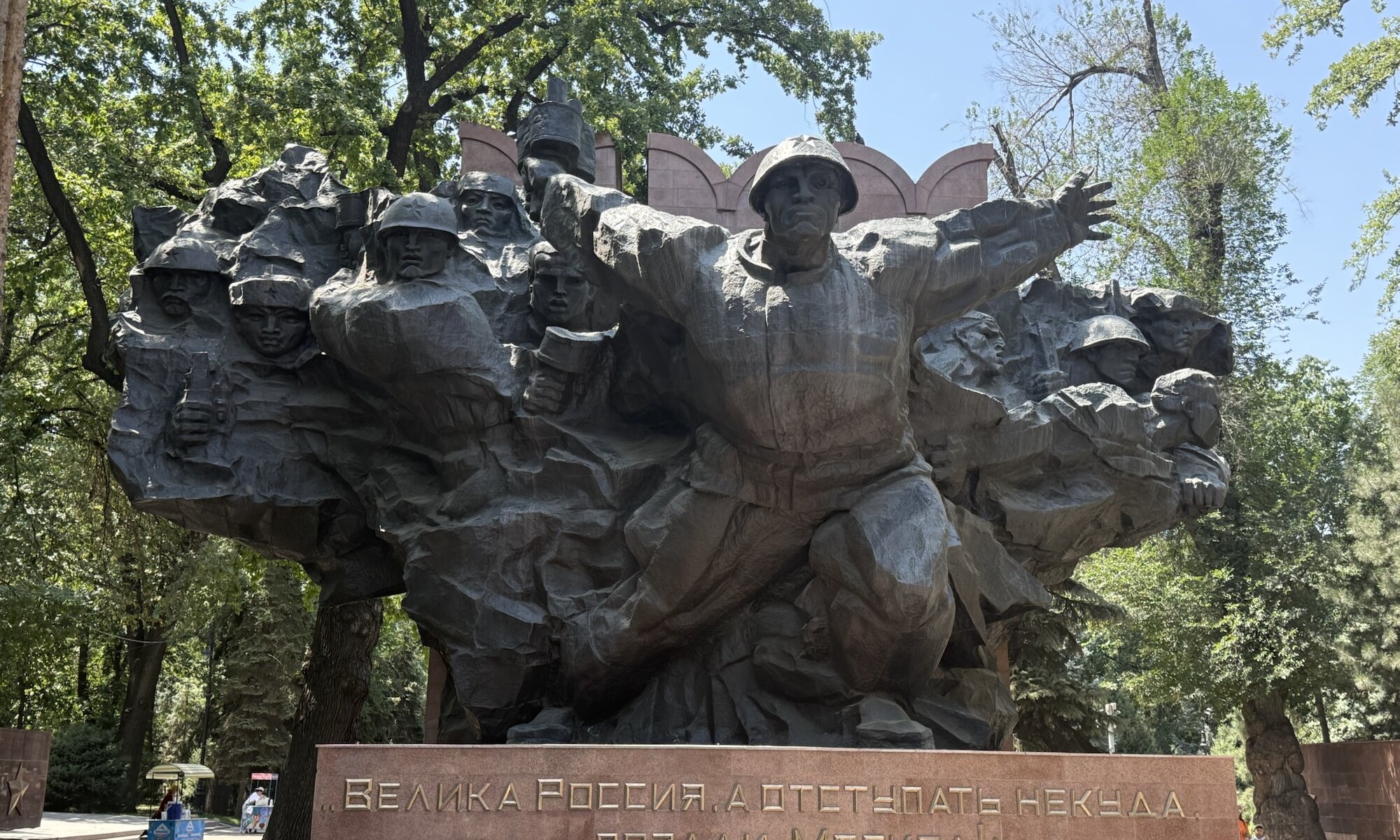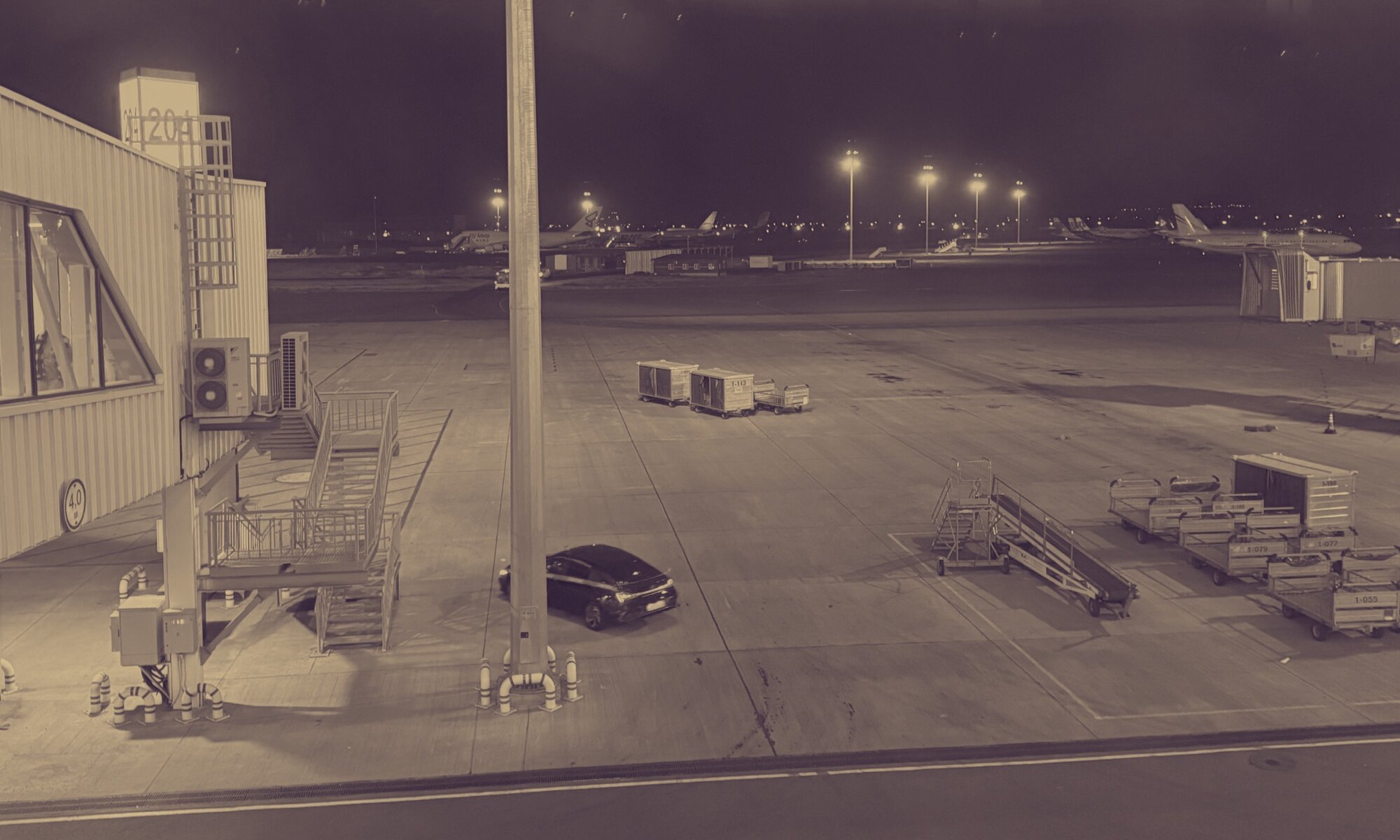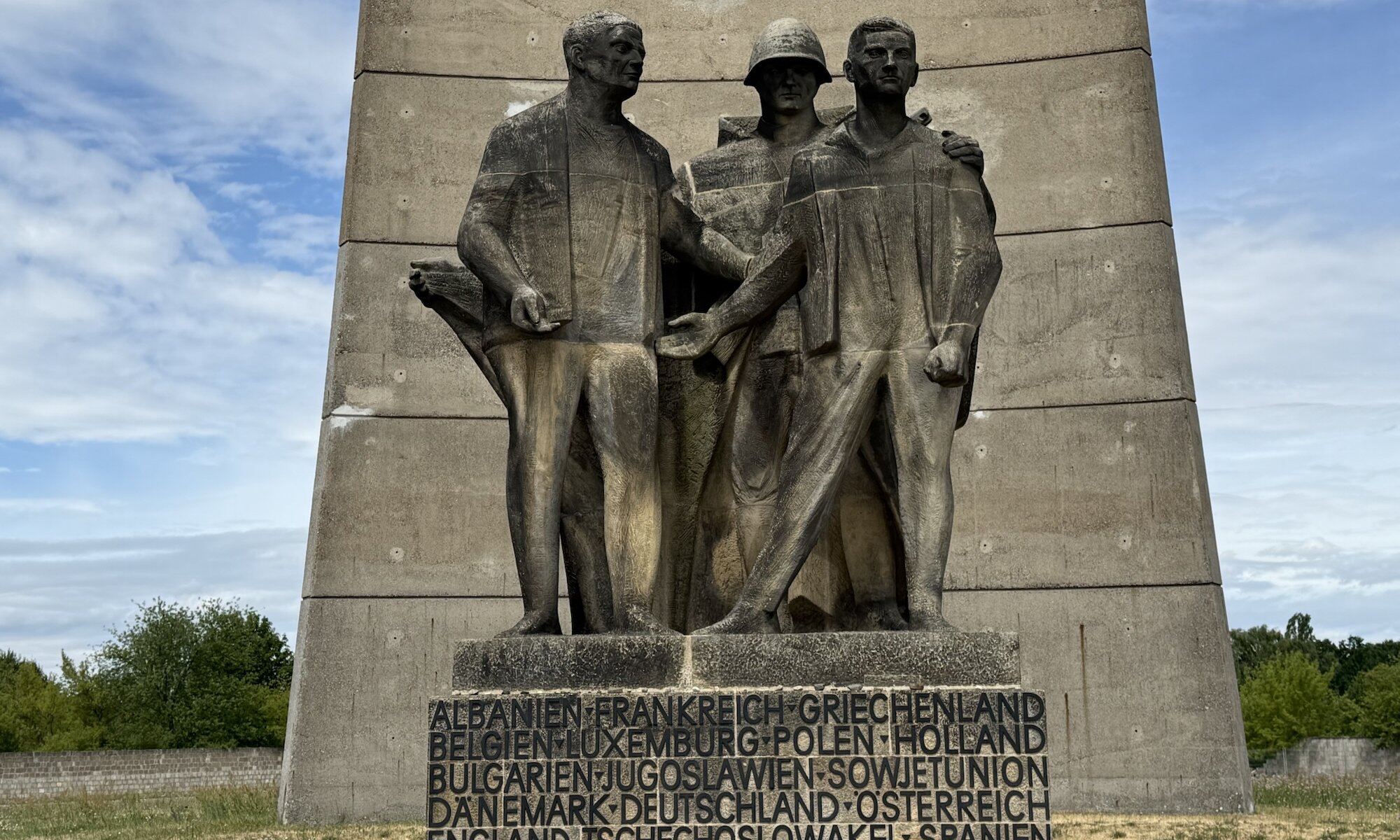Altyn-Emel National Park in Kazakhstan is a remarkable destination for travelers seeking unique natural phenomena and diverse landscapes. Spanning over half a million hectares, the park preserves a fascinating mixture of desert, steppe, canyon, and mountain environments. One of its most extraordinary features is the singing dunes – a towering mass of quartz sand approximately 1.5 kilometers long and up to 120 meters high. These dunes produce an eerie, low humming sound when the dry sand grains rub together as the wind moves them, a rare phenomenon found only in a few places worldwide. The sound can carry for kilometers, creating a surreal atmosphere for visitors.
Continue reading “Altyn-Emel”City of Apples
Nestled at the foot of the majestic Tian Shan mountains, Алматы (Almaty, formerly Alma-Ata) is a vibrant city rich in history and culture. Its origins date back to the Bronze Age, with early settlements established by farmers and cattle-breeders thousands of years ago. Over the centuries, Алматы evolved through epochs of Saka, Wusun, and Mongol influences, serving as a cultural and trading hub along the Silk Road. In the 19th century, it was officially developed into a city after Russia founded the fort of Verniy. Later, Алматы played a central role as the capital of Soviet Kazakhstan and then of independent Kazakhstan, before the title passed to Астана.
Continue reading “City of Apples”Tenge
Kazakhstan’s national currency is the Tenge, known by the symbol ₸ and the code KZT. Introduced in the early 1990s after independence, the Tenge offers a vibrant glimpse into Kazakh identity. Banknotes and coins display intricate patterns inspired by the country’s nomadic heritage and remarkable landscapes, as well as portraits of influential Kazakh figures. The currency came once in denominations ranging from small coins (tiyn) to large notes, making it suitable for both everyday purchases and more significant transactions. The tiyn isn‘t in use any more – today, you‘ll mostly use banknotes and 100 or 200 Tenge coins.
Continue reading “Tenge”Metro
The Алматы Metro stands out as a modern and architecturally impressive rapid transit system in Kazakhstan’s largest city. Officially opened in 2011 after years of construction beginning in the late Soviet era, it currently features one line with 11 stations stretching about 13.4 kilometers. Each station showcases unique decorative themes that reflect local culture and history, making the metro not only a transport solution but also a cultural attraction in itself. The metro operates daily from early morning until midnight, with trains running every 8 to 15 minutes depending on the time and day, offering a fast and efficient way to navigate through Алматы’s busy urban core.
Continue reading “Metro”Көктөбе
Kök-Töbe, often called the ‚green hill‘, rises over Алматы as a beloved symbol and vantage point for locals and visitors alike. Historically, this hill has served various purposes, from being a gathering spot before the Soviet era to acquiring its current reputation as a recreation area. In the 1960s, city leaders transformed it into a park, adding infrastructure that made it accessible and inviting. The installation of the cable car in the mid-1960s marked the start of its popularity, with further revitalization projects in the 2000s expanding both its attractions and amenities.
Continue reading “Көктөбе”Central State Museum
If you’re exploring Алматы, the Central State Museum of Kazakhstan is one stop that shouldn’t be missed. This grand museum sits in a leafy area, and its imposing blue-domed structure makes it instantly recognizable. As you approach, you’ll notice the constant buzz of school groups, travelers, and locals alike – all eager to learn more about the country’s rich heritage. The museum’s halls are vast and welcoming, providing a refreshing escape from the city’s hustle and heat.
Continue reading “Central State Museum”Kasteyev
The Abylkhan Kasteyev State Museum of Arts in Алматы is the largest and most prominent art museum in Kazakhstan. Established officially in 1976, it was named in honor of Abylkhan Kasteyev, a celebrated Kazakh painter and founder of the national school of painting. The museum’s collection exceeds 23,000 works, encompassing an extensive range of Kazakh historic and contemporary art, Soviet-era pieces, Russian art from the 17th to 20th centuries, as well as Western European and East Asian art. Its holdings include paintings, sculptures, ceramics, textiles, and folk applied art, making it a comprehensive showcase of Kazakhstan’s rich cultural heritage alongside global artistic traditions.
Continue reading “Kasteyev”28 Panfilowzy
The Panfilov park in Алматы is one of the city’s most beloved and historically rich green spaces, spanning around 18 hectares in the city center. It dates back to the late 19th century, originally established as a city garden over an old cemetery site. Over decades, the park’s name evolved several times – from Starokladbischensky park to Pushkin garden and Lenin park – before receiving its current designation in 1942. This renaming honored the heroic 28 Panfilov guardsmen, soldiers from Алматы and nearby regions who fought valiantly during World War II.
Continue reading “28 Panfilowzy”Almaty International Airport
Touching down at Almaty International Airport is often the first experience many travelers have in Kazakhstan, and it’s one that leaves a strong impression. The airport itself, situated not far from the city center, is framed by the spectacular Tien Shan mountains – when the weather is clear, the view from the terminal windows is truly breathtaking. Despite serving as the main gateway for international visitors and domestic travelers alike, the airport has a notably calm and even friendly atmosphere, especially when compared with the frantic pace of larger global hubs.
Continue reading “Almaty International Airport”Sachsenhausen
Visiting the Konzentrationslager Sachsenhausen in Oranienburg, just north of Berlin, is a sobering and deeply educational experience. Established in 1936 by the SS, Sachsenhausen was intended as a model camp, both in its design and its function. Initially, it held political prisoners, but over time, its population expanded to include Jews, Roma, Sinti, homosexuals, Jehovah’s Witnesses, and Soviet prisoners of war. The camp became notorious for its harsh conditions, forced labor, medical experiments, and systematic executions. After the end of the Nazi regime, the site was repurposed by the Soviets as a special camp for political prisoners and former Nazis, where thousands more perished.
Continue reading “Sachsenhausen”